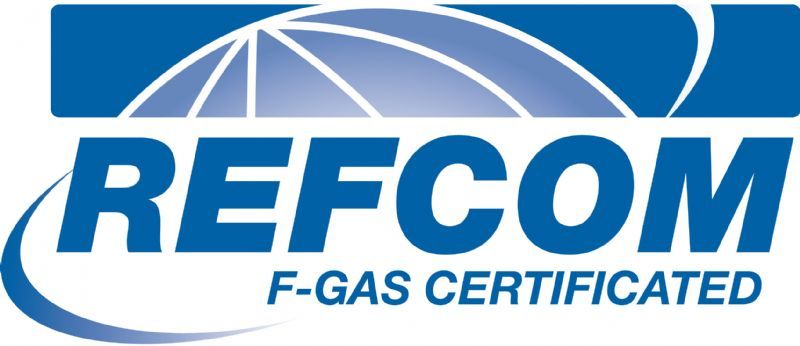




Air Conditioning is a great cost efficient way to manage the temperature, humidity and cleanliness of the air within a building. All year round climate control is achieved by the air conditioning unit cooling in the summer and heating in the winter. This can lead to a more productive workforce through providing a comfortable working environment all year round.
Inverter-controlled air conditioning reduce energy consumption by as much as 30% (compared to non-inverter systems) saving you money on your energy bills all year round. Advanced technologies recover heat from air conditioning installations providing low cost heat and lowering carbon emissions. Many modern systems have sensors that automatically shut off the units when not in use resulting in further savings in energy bills and less of an ecological footprint.
Advanced controls enable users to fine tune settings in any room they choose. You may just want to heat one room in a large building as an employee is catching up with some work out of office hours. Air conditioning allows that single room to be cooled or heated independently of the rest of the building, something a conventional central heating system is unable to do.
Timers can be easily set up for a number of requirements. An example would be offices can be heated or cooled 15 minutes before employees arrive for work.
The main types of Air Conditioning Systems are –
Single split air conditioners are the most common and basic systems installed. They consist of one internal fan coil unit that is connected to an external condensing unit via copper pipes. They are ideal for cooling or heating one room and are usually the most cost effective option to air condition a room.
A Multi Split system uses multiple internal units that are all connected to one external condensing unit, ideal is space outside is an issue. The amount of internal units is dependent on the number of rooms that require air conditioning and each unit can be individually controlled. This allows each user to either have their system on or off and to set their own required temperature. All indoor units on a multi split system can only work in the same mode. It is not possible to heat one office and cool another.
As with Multi Split systems, VRFs have a number of internal units connected up to one external condensing unit. These are larger duty systems enabling larger numbers of indoor units to be used. Latest technology VRFs utilise Heat Recovery which increases efficiency and helps reduce operating costs. With many VRFs each separate unit is able to either heat or cool independently, so unlike the Multi Split System, you can heat one office at the same time as cooling another.
An air-to-water system distributes heat via your wet central heating system. Heat pumps work much more efficiently at a lower temperature than a standard boiler system would. This makes them more suitable for underfloor heating systems or larger radiators, which give out heat at lower temperatures over longer periods of time.
Portable air conditioners offer quick and easy temporary cooling. They can be used to provide additional cooling to an existing system when required or to provide cooling to an area that is not currently air conditioned. During a hot spell, an office that does not have air would temporarily benefit from a portable air conditioning unit. Or a server room that was struggling to maintain the required temperature during the summer would also benefit from a portable unit.




